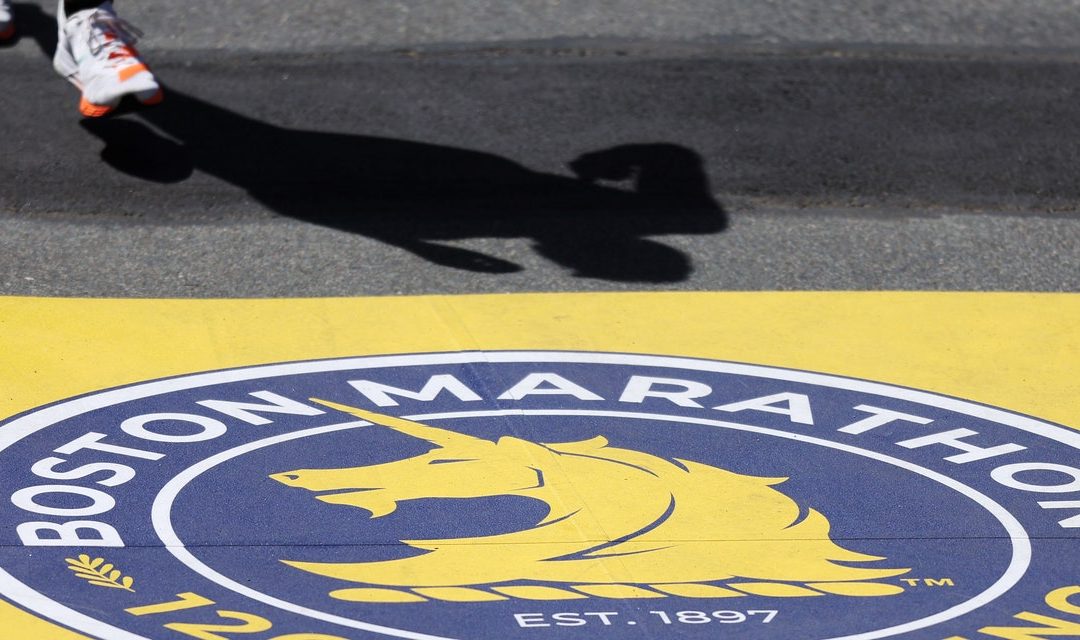On September 12 the organization responsible for the Boston Marathon announced a change to registration for its 2023 race: For the first time, runners will be able to register as nonbinary in the gender section for its in-person event.
In order to register for the Boston Marathon, runners need to hit certain qualifying standards, or qualifying times—which are based on age and gender—in certified races during a specified qualifying window of time. The Boston Athletic Association (BAA), which hosts the race each year, hasn’t yet established specific qualifying times for the nonbinary entrants, since they don’t currently have enough data to do so, the organization said in a statement provided to SELF.
In the meantime, nonbinary runners looking to register for the 2023 Boston Marathon will use the qualifying standards from the women’s division. For instance, the qualifying standard for athletes in the women’s 35–39 age group is 3:35.00 (it’s 3:05.00 for the men’s). That means nonbinary athletes in that age group will need to have run 3:35.00 or faster in a sanctioned marathon as a nonbinary entrant in order to be able to register. It’s worth noting that, because few races have nonbinary divisions (more on that below), nonbinary people have fewer opportunities to hit the qualifying standard.
But as any Boston hopeful knows, simply running the qualified time doesn’t guarantee that you’ll be able to run the race. Because the intended field of the Boston Marathon is so large, athletes often need to run much faster than their qualifying standard—the actual cutoff time changes every year based on the number of applicants and field size—in order to nab a spot. So entry for nonbinary athletes in 2023 will depend on both their submitted times and the overall field size limit, according to the BAA’s statement.
As the BAA prepares for future events, it expects to update the qualifying standards for the nonbinary category accordingly, the organization said.
“We view this first year as an opportunity to learn and grow together,” the BAA said in the statement. Additionally, the organization will also continue to engage in discussions with nonbinary athletes on ways to encourage inclusion in BAA events.
While a nonbinary category will be a first for the in-person Boston Marathon, the BAA did offer the nonbinary option for runners in its virtual race last October (which was open to all runners regardless of qualifying time), according to the BAA statement. And that’s something that other races across the country have been incorporating too. In 2021, the Philadelphia Distance Run became the first US road race to establish a nonbinary category up to the elite level, with equal prize money across the board, according to Runner’s World. The New York City Marathon—the largest marathon in the world—also added a nonbinary division in 2021 (which also used women’s qualifying standards for guaranteed entry), and 16 participants competed in the category that first year.
According to The New York Times, this year’s Brooklyn Marathon and Half Marathon had one of the largest nonbinary fields to date with 82 finishers. A crowdsourced database created by marathoner Jake Fedorowski now lists over 200 races across the country, ranging from 5Ks to ultramarathons, that have nonbinary divisions or allow nonbinary people to register, according to the outlet.
A representative from the BAA told SELF via the statement that, because registration for the 2023 Boston Marathon is still ongoing through September 16, they don’t yet have a prediction for how many nonbinary runners will participate in the event. For comparison, though, 56 nonbinary applicants entered the virtual Boston Marathon last year, the organization said. Of the 20,280 runners who finished the virtual marathon last year, 42 were nonbinary.
Related:

